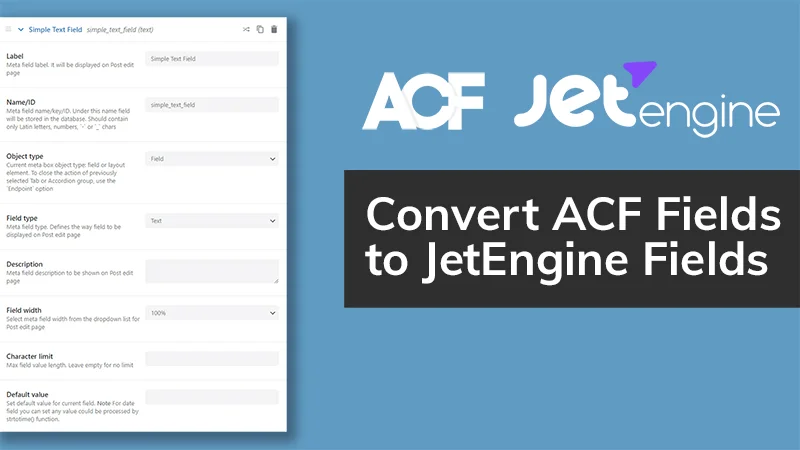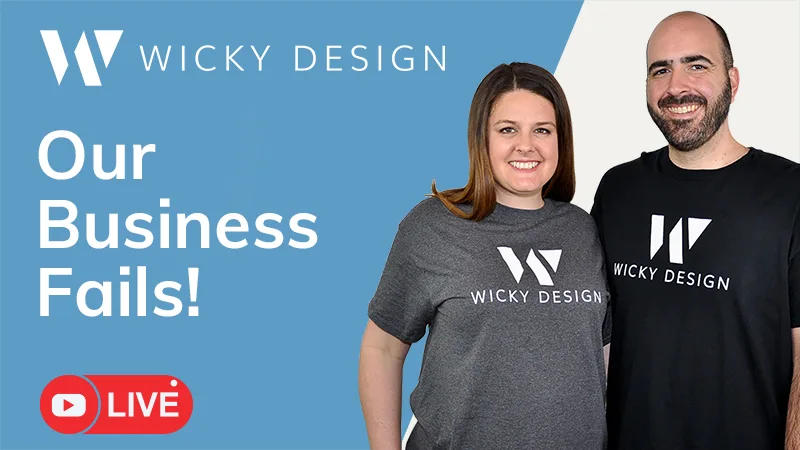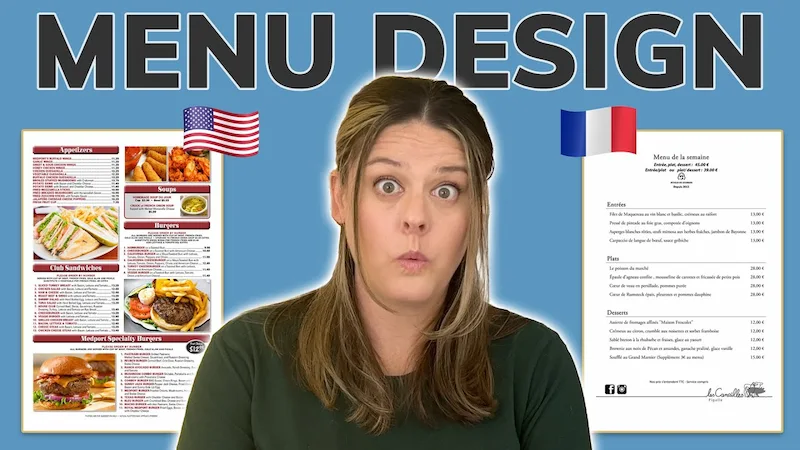This is a guest post by designer Lexie Lu of Design Roast.

Everywhere you look, it seems there is a hashtag for something. Hashtags are in print advertising, websites and social media platforms. Justin Timberlake and Jimmy Fallon even did a comedy skit about hashtags.
Twitter users regularly use hashtags to mention brands. Around 80 percent of Twitter users mention brands when they tweet, which means that other users are also seeing the mentions. One way to drive the conversation is to brand your business with its own hashtag — or several of them.
If you want to get on board with the hashtags that have permeated modern culture, the 10 tips below will help you create your own hashtag and figure out the best ways to use it to reach online consumers.
1. Create the Right Hashtag
It’s important to think through the hashtag for your business carefully. One obvious strategy is to use your business name or abbreviation as the hashtag. However, don’t be afraid to get creative as well. Some businesses even create multiple hashtags, such as one for an event and one for a contest.
You know your audience better than anyone else. You know the right tone to take with a hashtag and what will reach the most people in your target audience.
2. Boost Social Media Presence
Using a hashtag is a great way to boost your social media presence. Creating a strong brand voice allows you to reach consumers online and offline. In today’s mobile-driven world, having a presence on social media even drives foot traffic. The consumer is more likely to download your app, and you, in turn, can send a push notification and encourage the consumer to come into your brick-and-mortar store.
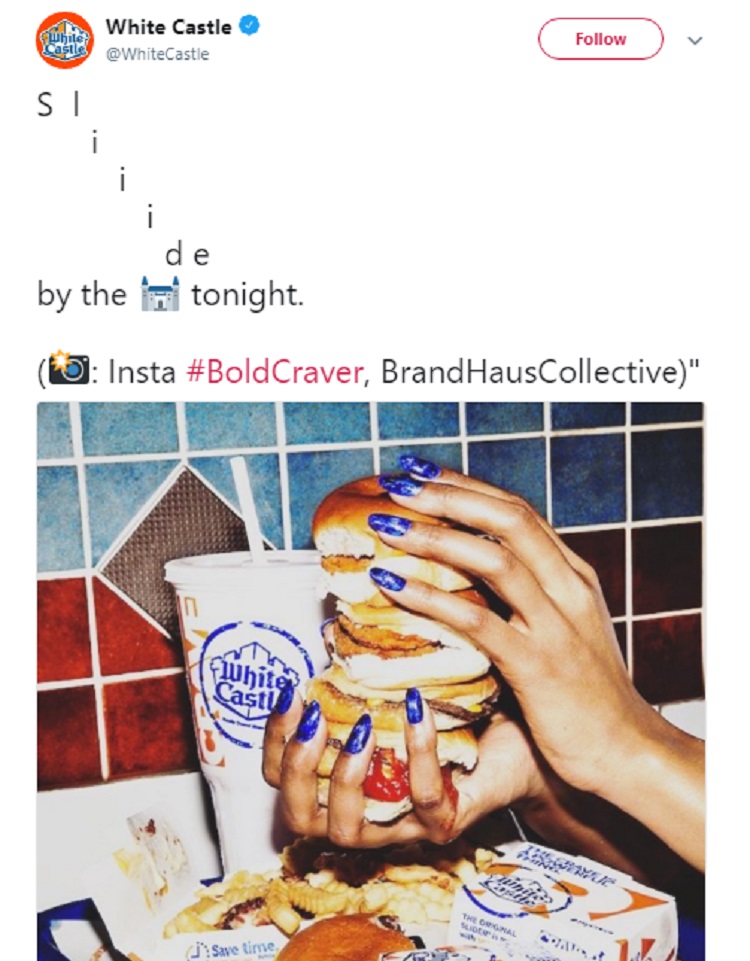
White Castle has invested a lot of time into reaching out to its customer base on social media. One thing they do is encourage the #BoldCraver hashtag and retweet Instagram posts using this hashtag. The takeaway is that the right hashtag invites social media users to interact with your brand and create buzz around your product or name.
3. Hashtags at Events
Want to get people talking about your event? Using a specific hashtag for the event is a great way to start. Tie the hashtag into a conference, an annual event or some other specific moment. Those who aren’t at the event can still interact with those who are. For example, experts recommend placing the hashtag in a prominent spot inside a trade show booth and using it throughout the day to post updates.
4. Use an Occasion
Tie your hashtag into a special occasion to reach those looking for ideas for the occasion. By using a popular hashtag in this way, anyone who searches for that hashtag sees your post. So, you can tie into a holiday, a sporting event or any number of other special occasions.
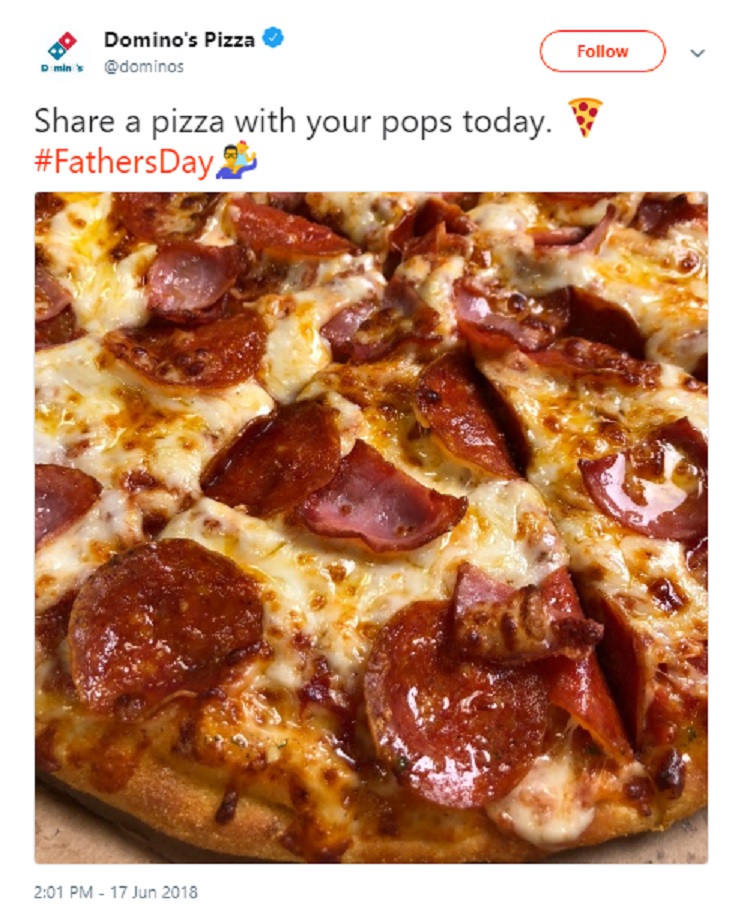
Domino’s Pizza shows how to use a special occasion and hashtags to grab the attention of consumers. They tie into Father’s Day by using the hashtag #FathersDay and sharing the image of a delicious-looking pizza. Anyone looking for a quick meal to share with Dad will run across this image and may just order pizza.
5. Create a Conversation
A big benefit of creating a hashtag is that you start a conversation with your followers. Anytime they see your hashtag, they know you’re going to post something about your brand, and over time, they will begin to engage with you. Your loyal fans are also more likely to engage in this way and give you some additional free exposure as their followers see their posts about you.
6. Promote a Product
Another way to use a hashtag is to promote a specific product or service. If you have an item that is particularly popular or you want to emphasize, you can create a hashtag specifically for that product and encourage site visitors to learn more about what you have to offer. As they try the product, encourage them to use the hashtag about their experiences.

Chick-fil-A features different shake flavors for different seasons. Check out how they use the hashtag #FrostedSunrise to promote this blend of orange juice and Ice Dream. Those who’ve tried the drink use the hashtag, too, and some even call for it to come back if it’s out of season.
7. Limit the Number on Twitter
Even though it is tempting to add a bunch of different hashtags to a post so you can reach as many people as possible, most Twitter users see this habit as obnoxious. Limit the number of hashtags in a single post to no more than three. One study showed posts with fewer hashtags garnered more engagement on both Facebook and Twitter, so keep it simple and to the point.
8. Use More Hashtags on Instagram
Instagram is the exception to the rule above. There is a much higher saturation point on Instagram, and posts with more than 11 hashtags actually receive the highest engagement on that platform.
9. Increase Engagement
An engaged customer is much more likely to buy from you regularly and to let their friends and family know about your brand. Tweets with a hashtag receive double the engagement of those without hashtags. Think about what hashtags you can use that your followers will find entertaining and be likely to share. A play on words is a good starting point.
10. Get More Retweets
If you’re trying to up your reach on Twitter, adding a hashtag encourages more retweets. In one study, tweets without hashtags received approximately 25 percent retweets, but those with a hashtag received 40 percent retweets. It takes only a few seconds to add a hashtag, but the payoff in retweets is well worth the effort.
Hashtags Are Beneficial
There are numerous benefits to branding your business with a hashtag. In a marketplace with heavy competition, including competitors from around the globe, anything you can do to differentiate your brand and stand out is helpful. Figure out how you can best use hashtags and which social media platforms to engage on, and your marketing strategy will benefit from the effort.
About The Author
Lexie is a graphic designer and typography enthusiast. She owns and manages Design Roast. Follow her on Twitter @lexieludesigner.

